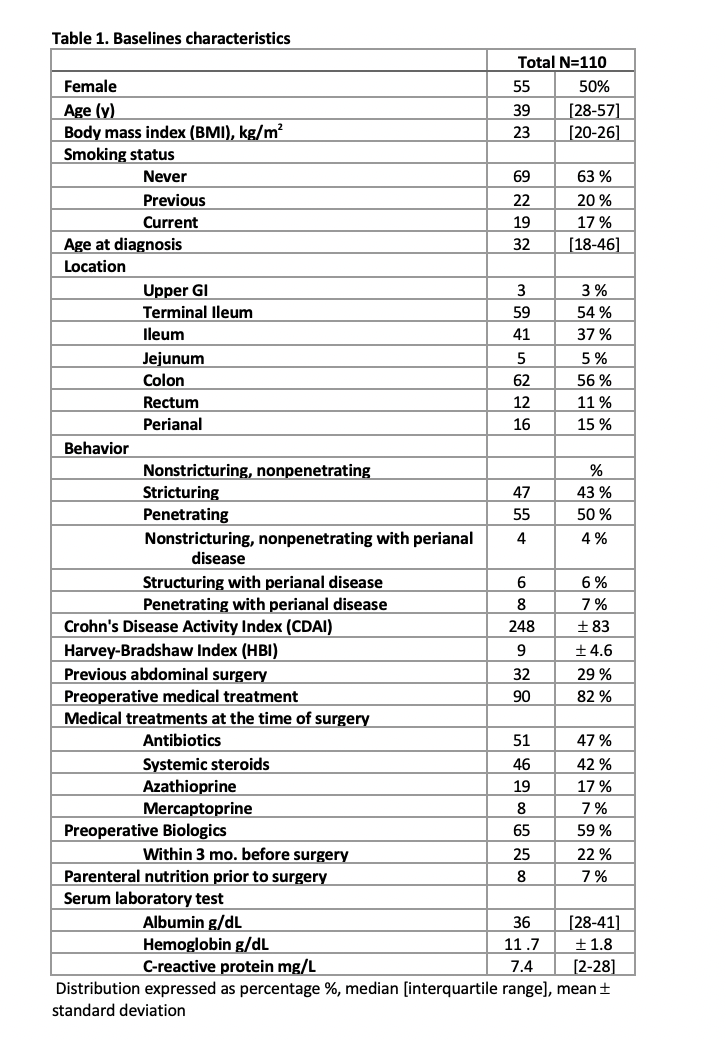P446 The INTESTINE study: INtended TEmporary STomas In crohN’s diseasE
Perrott, C.(1)*;Calini, G.(2);Gori, A.(3);Rottoli, M.(3);Garoufalia, Z.(4);Wexner, S.(4);Celentano, V.(1);
(1)Chelsea & Westminster Hospital, General Surgery, London, United Kingdom;(2)University of Udine, General Surgery, Udine, Italy;(3)Alma Mater Studiorum University of Bologna, Department of Medical and Surgical Sciences, Bologna, Italy;(4)Cleveland Clinic Florida, Ellen Leifer Shulman and Steven Shulman Digestive Disease Center, Weston, United States; The INTESTINE Study Group
Background
Patients with ileocolic Crohn’s disease may require surgery resulting in temporary stoma formation. The impact on quality of life and morbidity related to stomas is well recognised and timely reversal should be targeted to alleviate this affect. This study aims to determine the proportion of stomas reversed, the timing and reasons for non-reversal in patients with Crohn’s disease.
Methods
This international retrospective trainee-led observational study included patients who underwent surgery for ileocolic Crohn’s disease between January 2017 and December 2020. Patients undergoing proctectomy or proctocolectomy were excluded. The primary outcome was the proportion of patients who still had a stoma at 18 months post-operatively. Secondary outcomes included: interval between formation and reversal of stoma, assessing complications and risk factors from non-reversal of the stoma. Evaluation of these outcomes were documented for short-term (6 months) and mid-term (18 months).
Results
Currently there are 38 collaborating centres collecting data across 18 countries. We present an intermediate analysis, with full results available in January 2023.
Baseline and surgical characteristics are described in Tables 1 and 2. The intermediate analysis included 110 patients of which 37% had their stoma reversed at 6 month follow up (mean time to reversal 3.2 ± 1.4 months), and 56% reversed at 18 months (mean 5.9 ± 4.0 months). Reasons for non-reversal at 6 months included: ongoing Crohn’s disease (30%), patient unfit for surgery (14%), waiting lists (9%) and patient’s preference (8%). Stoma related complications at 6 months were reported in 16% of patients, consisting of: high output (6%), parastomal hernia (5%), stoma stenosis (3%) and peristomal cutaneous lesions (1%). 30-day postoperative outcomes and follow up at 6 and 18 months are reported in Tables 3 and 4.



Conclusion
This trainee-led international study will provide information on the proportion of stomas that are reversed and the reasons for non-reversal of stomas in Crohn’s disease. Preliminary results demonstrate that 18 months after stoma formation, 1 in 2 patients still had a stoma.


